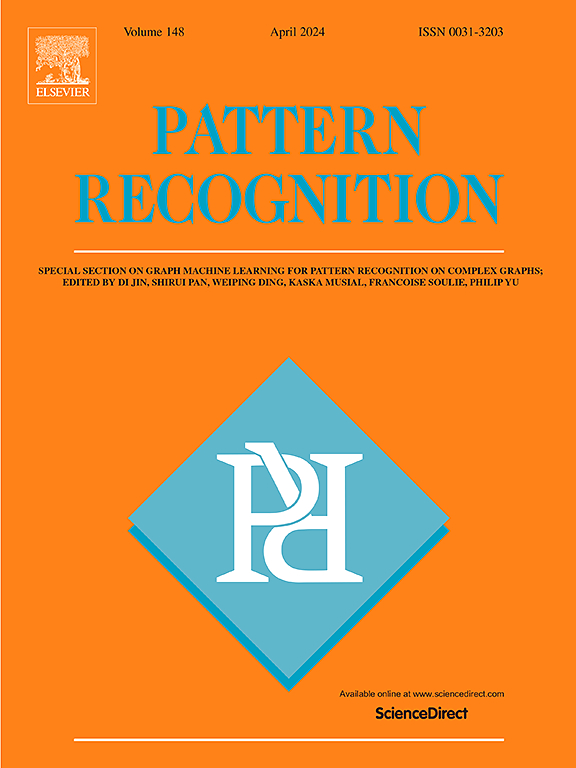C2SLM:基于关联的聚类辅助稀疏学习模型的电动汽车市场需求预测
IF 7.5
1区 计算机科学
Q1 COMPUTER SCIENCE, ARTIFICIAL INTELLIGENCE
引用次数: 0
摘要
基于回归模型的高维特征选择对纯电动汽车市场需求预测提出了挑战。最小绝对收缩和选择算子(Lasso)是用于此目的的稀疏学习模型。然而,由于数据的相关性结构,Lasso在特征选择上变得不稳定。由于未观察到异质性,这种不稳定性在计量面板数据中被进一步放大。基于这一挑战,我们提出了一种基于Lasso的基于关联的聚类辅助稀疏学习模型(C2SLM),用于美国阿拉巴马州的纯电动汽车市场需求预测问题。C2SLM分为三个阶段:(i)相关极化特征生成,(ii)基于面板的特征聚类,以及(iii)聚类辅助Lasso (caLasso)。我们特别汇总数据,以捕获面板的异质市场因素。我们针对基准模型测试C2SLM,无论是否考虑面板。我们提出的模型优于其他模型,并为BEV政策制定提供了重要的见解。此外,我们的模型在国内生产总值(GDP)和标准普尔500指数股票交易市场数据集上表现稳定。本文章由计算机程序翻译,如有差异,请以英文原文为准。

C2SLM: A Correlation-based Clustering-assisted Sparse Learning Model for Electric Vehicle Market Demand Forecasting
Battery electric vehicle (BEV) market demand forecasting is challenged by high-dimensional feature selection from a regression model. The Least Absolute Shrinkage and Selection Operator (Lasso) is a sparse learning model used for this purpose. However, due to the correlation structure of data, Lasso can become unstable in its feature selection. This instability is further amplified in econometric panel data because of unobserved heterogeneity. Motivated by this challenge, we propose a correlation-based clustering-assisted sparse learning model (C2SLM) based on Lasso for a BEV market demand forecasting problem in the U.S. state of Alabama. Three stages structure the C2SLM: (i) correlation-polarized feature generation, (ii) panel-based feature clustering, and (iii) clustering-assisted Lasso (caLasso). We specifically aggregate the data to capture heterogeneous market factors for the panel. We test the C2SLM against benchmark models with or without panel consideration. Our proposed model outperforms others and sheds significant insights into BEV policymaking. Additionally, our model performs consistently robustly on Gross Domestic Product (GDP) and S&P 500 stock trading market datasets.
求助全文
通过发布文献求助,成功后即可免费获取论文全文。
去求助
来源期刊

Pattern Recognition
工程技术-工程:电子与电气
CiteScore
14.40
自引率
16.20%
发文量
683
审稿时长
5.6 months
期刊介绍:
The field of Pattern Recognition is both mature and rapidly evolving, playing a crucial role in various related fields such as computer vision, image processing, text analysis, and neural networks. It closely intersects with machine learning and is being applied in emerging areas like biometrics, bioinformatics, multimedia data analysis, and data science. The journal Pattern Recognition, established half a century ago during the early days of computer science, has since grown significantly in scope and influence.
 求助内容:
求助内容: 应助结果提醒方式:
应助结果提醒方式:


